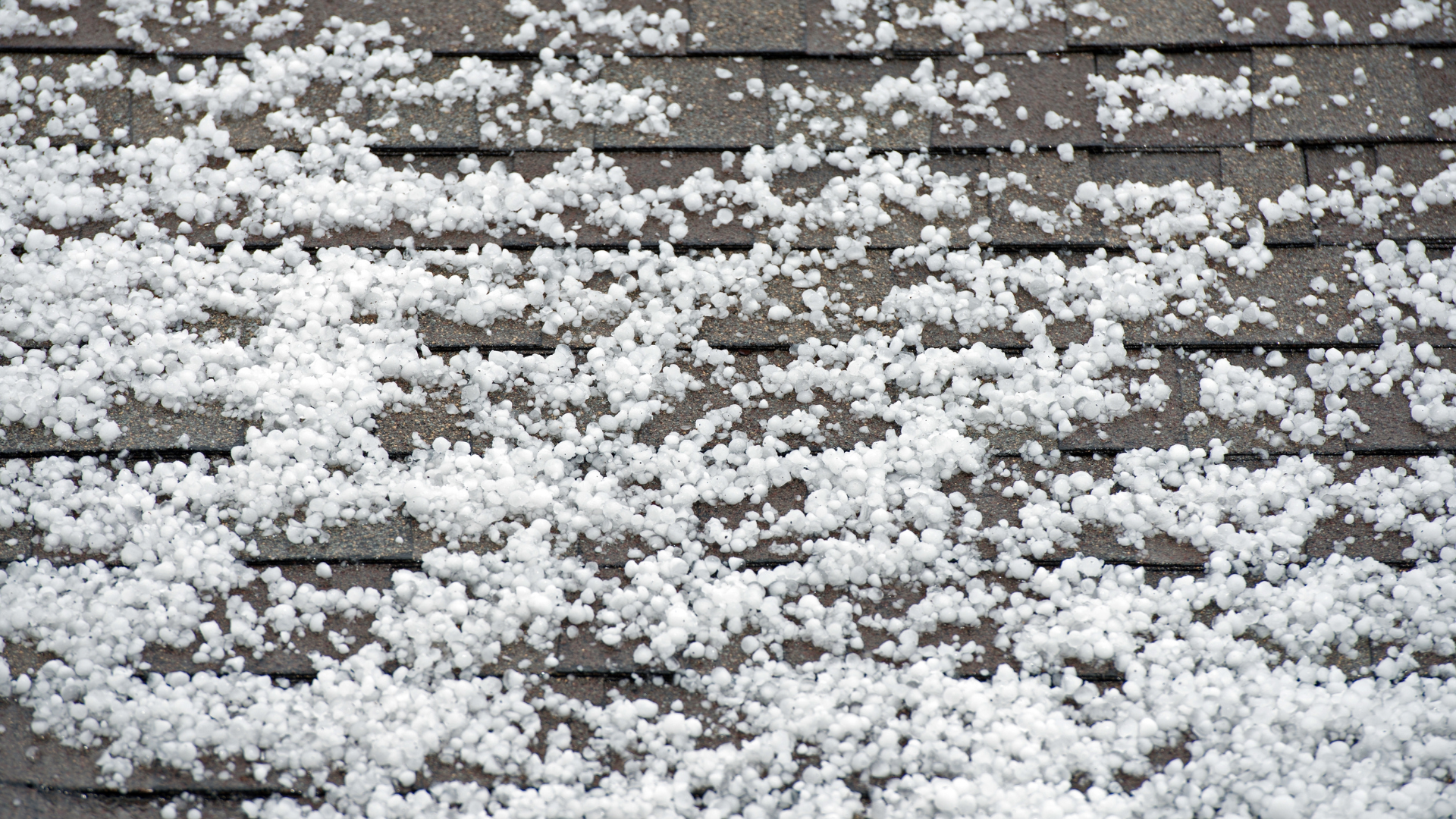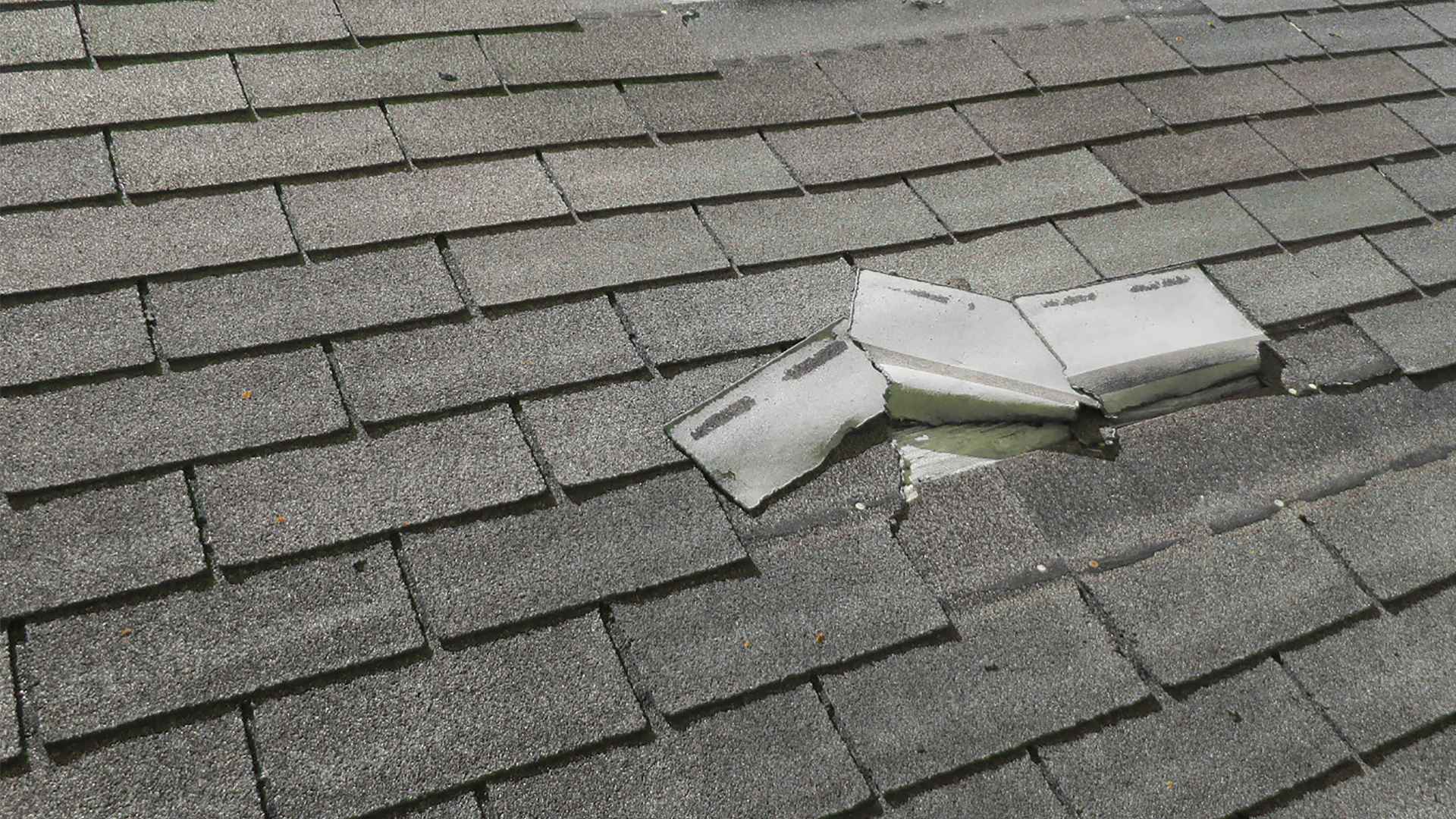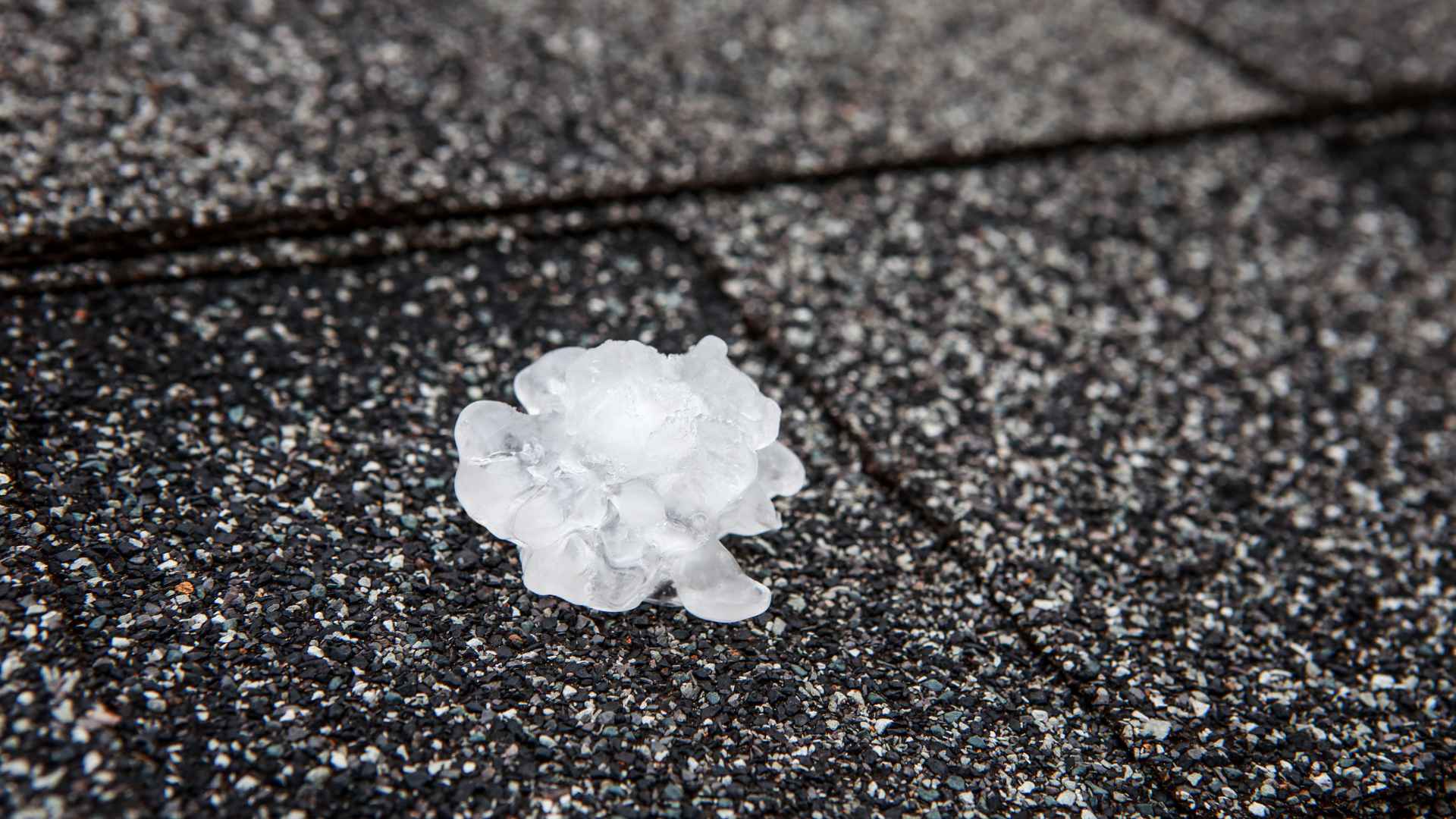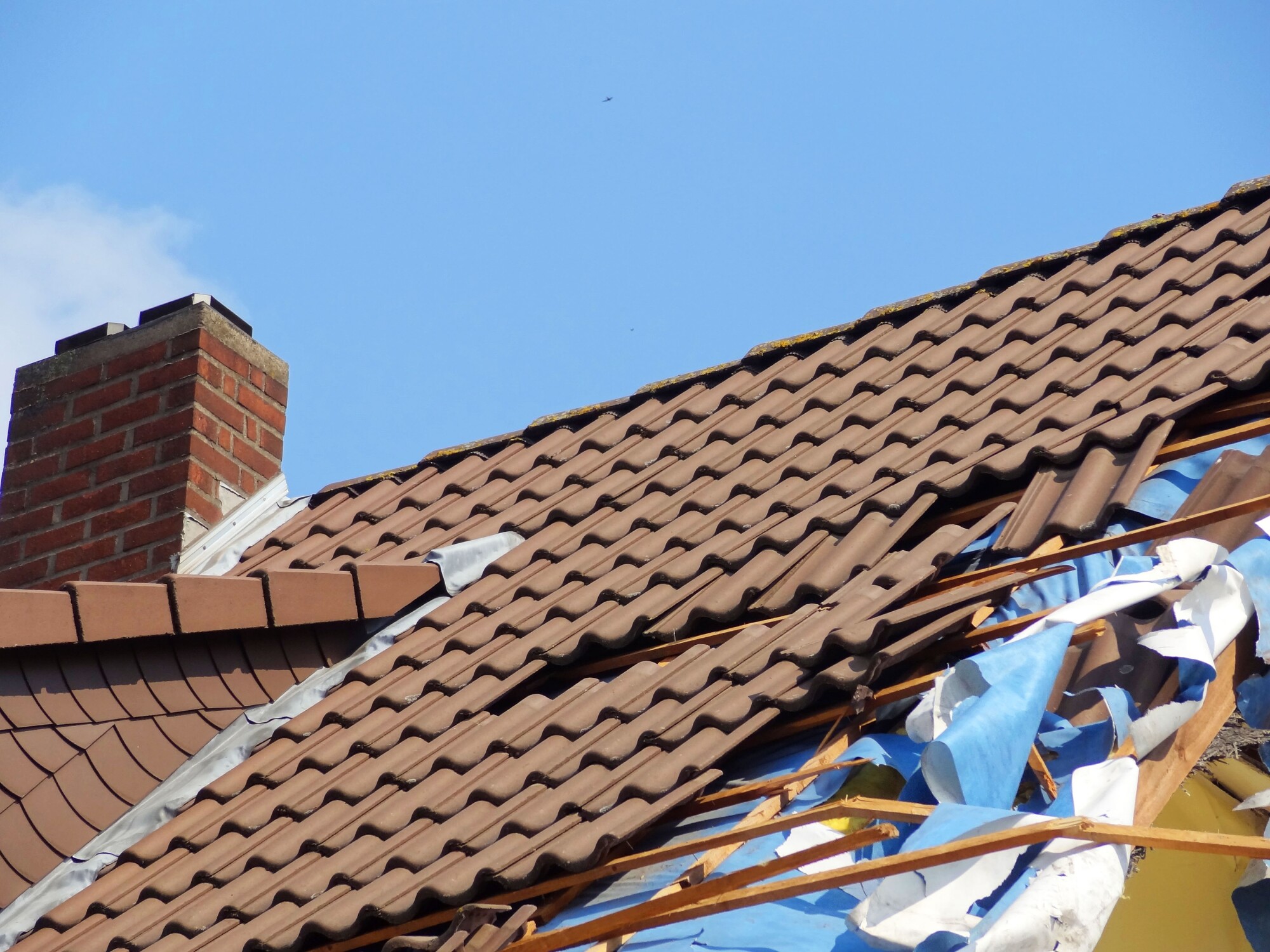In 2019 alone, insurance claims for hail damage in the United States exceeded $10 billion. This made hail one of the costliest weather-related damages.
The roof is one of the most critical components of your home. It protects your home and family from all types of weather conditions.
But, over time, roofs can show signs of damage. Two common types of roof damage are hail damage and blistering.
For the average person, telling the difference between them can be tricky. So, how can you identify hail damage vs blistering? Learn some tips here.
What Is Hail Damage
Weather phenomena can be both fascinating and devastating. One such phenomenon, hail, poses a significant threat to homes, especially our roofs.
Hail damage is caused when hailstones, which can range from the size of tiny pellets to as large as baseballs, plummet from stormy skies. These ice balls can leave a variety of marks on your roof.
Spotting Hail Damage
Upon close examination, hail damage often appears as dark spots, dimples, or even larger dents on your roof’s surface. In some cases, hail can displace the protective granules from shingles, making the roof more susceptible to further damage.
If not promptly addressed, the impact of hailstones can lead to roof leaks. Over time, this can lead to water damage within the home.
Given its potential severity, homeowners should regularly inspect their roofs. This is especially true after intense storms to catch and rectify hail-induced harm.
Understanding Blistering
Your roof doesn’t just face threats from external elements. Sometimes, the issues originate from within.
Blistering is one such internal problem, distinct from damage caused by hail. Rather than being a result of a vicious storm, blistering typically arises due to manufacturing defects. Improper installation processes can also cause it.
Signs of Blistering
Upon observation, blisters resemble tiny bubbles or raised areas on the surface of roofing shingles. These bumps are often caused by trapped moisture or air within the shingle.
As the roof gets heated by the sun, these pockets expand, leading to the characteristic ‘blistered’ appearance. Over time, these blisters can rupture, causing a loss of granules, like the effects of hail damage.
It is important to know what blistering is and what it looks like. If not addressed, it can compromise the roof’s integrity. It may also lead to leaks and subsequent water damage in your home.
Hail Damage vs Blistering: Spotting the Key Differences
At first glance, hail damage and blistering may seem quite similar. However, to the trained eye or an informed homeowner, they are distinctly different in origin and appearance.
Here’s a quick breakdown to help you differentiate:
Origin of Damage
Hail damage is the aftermath of stormy weather, where hailstones physically strike the roof. Blistering, conversely, stems from internal factors. These include things like trapped moisture within the shingle or manufacturing defects.
Visual Appearance
Hail damage often presents as randomly dispersed dark spots, dents, or dimples on the roof’s surface. In contrast, blistering resembles small bubbles or raised portions on the shingle. These are caused by internal pressure.
Distribution Pattern
The effects of hail are usually widespread. They can cause issues across the roof, following the path of a hailstorm.
Blistering might appear localized or spread unevenly across the roofing. It all depends on the underlying cause.
Response to External Factors
Hail damage remains relatively constant unless faced with more hail or external damage. Blistering, however, can change with fluctuating temperatures. For example, extreme heat may cause blisters to expand or burst.
Recognizing the distinctions between hail damage and blistering is essential. Proper identification ensures the right roof repairs, preventing further roof damage and potential roof leaks.
Why It’s Important to Know the Difference
Understanding the nuances between hail damage and blistering is crucial. It is all about safeguarding the longevity and health of your home.
Here’s why discerning the difference is so important:
Targeted Repairs
Misidentifying the problem can lead to unnecessary or ineffective roof repairs. Recognizing the true cause ensures you address the cause of the problem. This can help you save time and money.
Economic Implications
Mistakenly treating the wrong type of damage can be costly. For instance, treating blistering when the problem is hail damage might leave you vulnerable to roof leaks. This can lead to higher expenses down the line.
Preventative Measures
Once you accurately identify the damage, you can take steps to prevent its recurrence. For hail damage, this could mean investing in stronger, impact-resistant shingles. For blistering, it might involve improving roof ventilation or addressing installation issues.
Home Value
Continuous, unchecked damage can decrease the value of your home. By correctly identifying and addressing roof problems, you maintain your property’s structural integrity and market value.
In essence, grasping the differences between hail damage and blistering equips homeowners with the knowledge to make informed decisions. It also helps ensure the home remains a haven against external elements.
Understanding the Difference in Hail Damage vs Blistering
Navigating the complexities of roof issues can be daunting. Yet, understanding the distinctions between hail damage and blistering is paramount.
As homeowners, recognizing these differences ensures our roofs’ longevity and our homes’ safety. By making informed decisions on repairs and prevention, we can ward off potential roof leaks, water damage, and costly rectifications.
Remember, knowledge is power; arm yourself with it to protect your greatest investment-your home. If you need help with either of these issues, contact us today. We can evaluate your roof to determine what type of repairs are needed.
Contact Us
After starting his first business at age 26, Artie Hendricks partnered with his best friend Rob Calhan and they have assembled a team of skilled and conscientious friends to be the core of Landmark Roofing. He largely credits his father’s strong and consistent work ethic and his father’s best friend Jerry, who owns a construction company and trained him through his first building experiences. Artie has since advanced through degrees in architecture, auto-CAD and construction management to build a business that prides itself on the care it shows for its work and its customers’ satisfaction.






